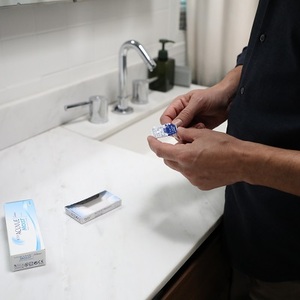

In recent years, as people have become increasingly reliant on their digital devices while on-the-go, so has the need for mobile power options. Now, a team of researchers from the Swiss Federal Laboratories for Materials Science and Technology has devised an ingenious method to provide personal power on-the-go with a new flexible solar energy collector that has the potential to be wearable and incorporated even into clothing and textiles.
In order to accomplish this new application for solar energy collection the research team first had to adapt a technology called a Luminescent Solar Concentrator (LSC). Previous LSCs are made of a rigid material that is luminescent, or that emits light but not heat. This luminescent quality enables the LSCs to collect more diffuse ambient light and then transmit that energy to the solar cell which does the actual converting of the collected light into electrical energy. LSCs enable solar power to be created from much more diffuse light than could be achieved with traditional solar cells alone.
However, the previous design for LSCs was for a rigid material. In order for the technology to be incorporated into flexible applications, like clothing and textiles, the research team turned to a substance already being used in silicone-hydrogel contact lenses. Called Amphiphilic Polymer Co-Networks, or APCN, this polymer is both air and water vapor permeable, while also being flexible, but stable. Two different LSCs were incorporated into this polymer at the nanoscale thereby making a flexible solar collector that allows both air and sweat to pass through, ideal for clothing applications.

